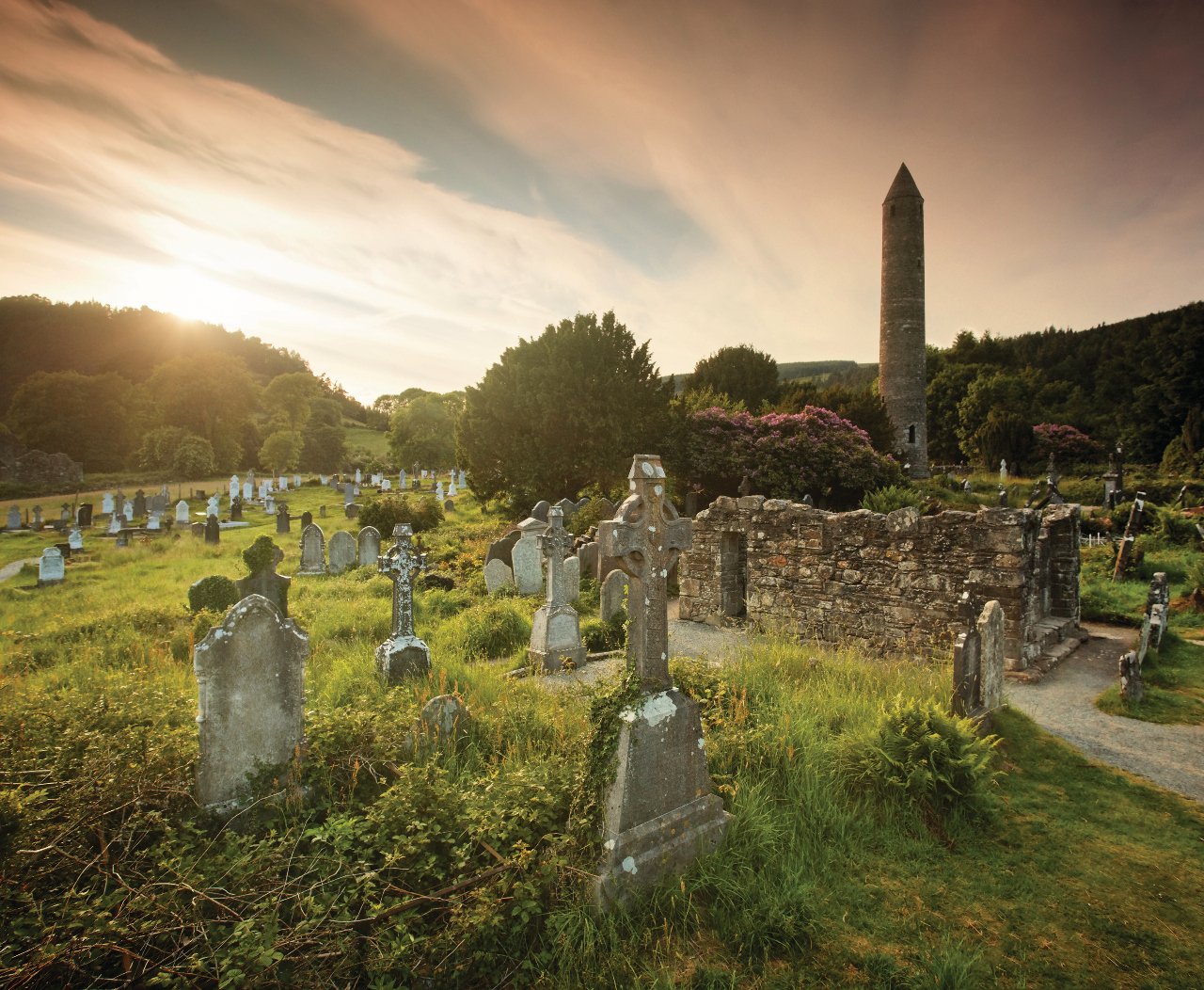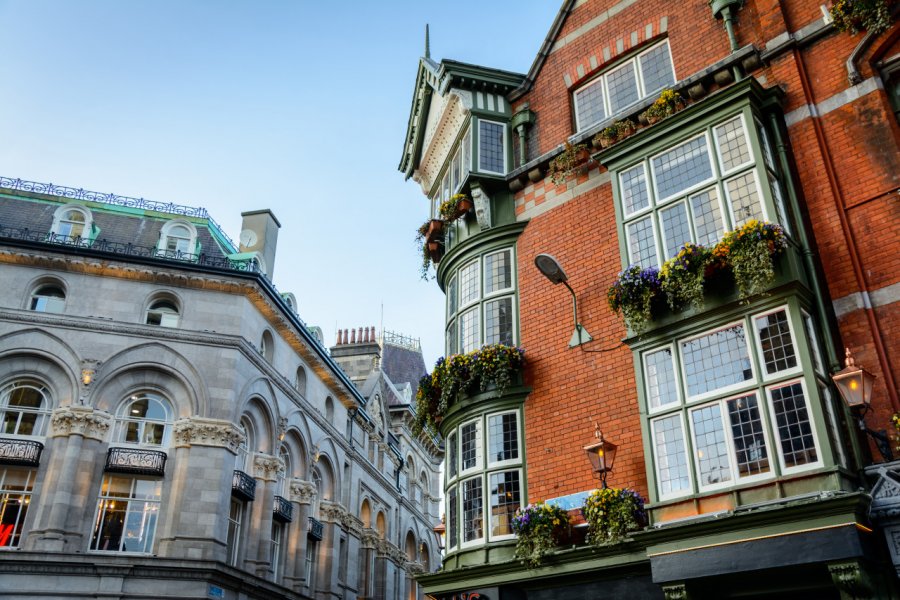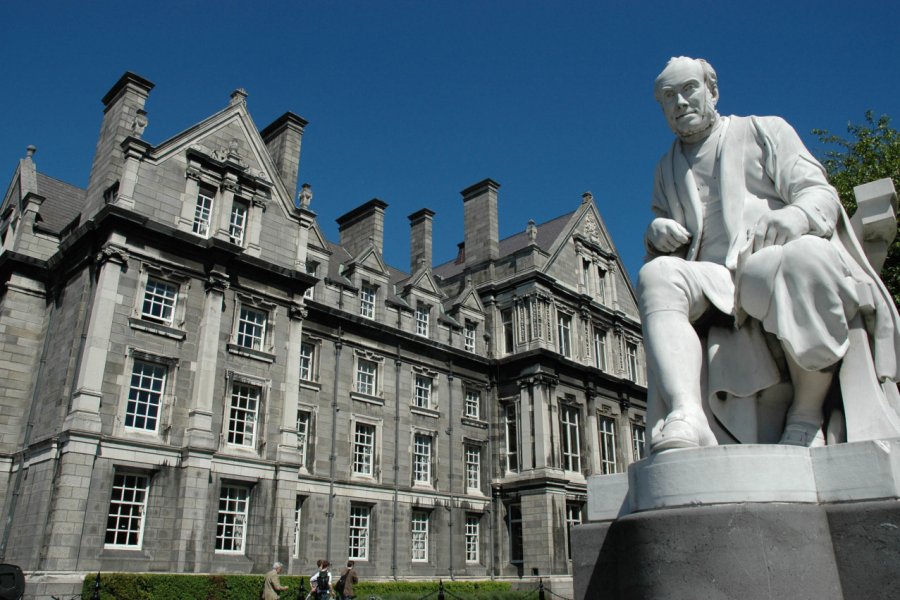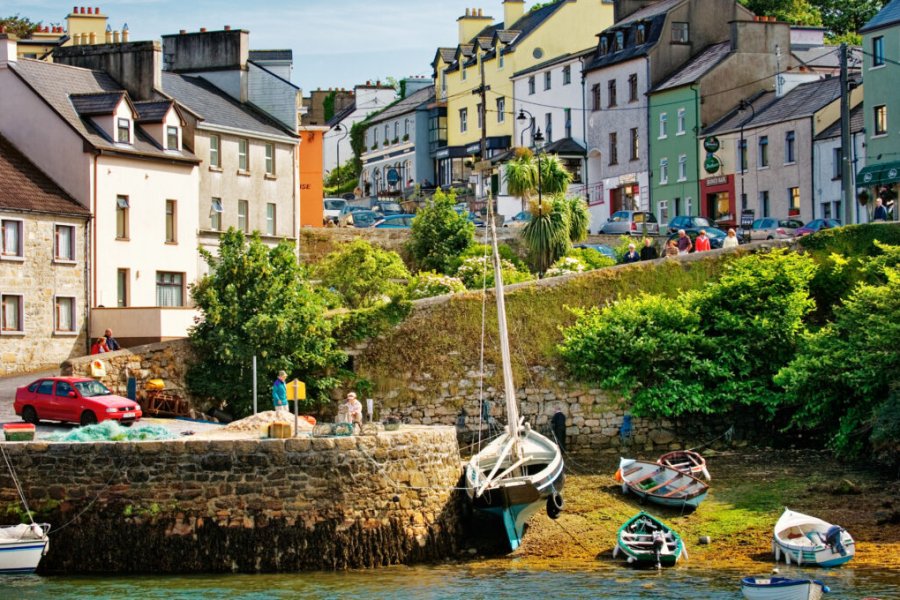In the footsteps of the Vikings and Normans
Highlights of the trip
During your stay you can enjoy the following highlights: Culture / Heritage, Discovery.
Best times to go
The best time(s) to go is/are : Printemps, Eté, Automne, Hiver.
Petit Futé
The map of your stay "In the footsteps of the Vikings and Normans"
Detail of the stay : In the footsteps of the Vikings and Normans
How to get there - Trim
Arrival in Dublin

Steps: Trim
Arrive in Dublin in the morning, transfer to hotel and check-in. Head for Trim Castle, straight out of the Middle Ages. This imposing castle is the largest Anglo-Norman castle in Ireland. Built in the 12th century, its history is linked to all the key moments in Ireland's history, and a visit here is a real plunge into the heart of Tara, a sacred site for all Celts. Occupied since Neolithic times, this hill played a major role for kings until the Middle Ages, and was also the site of great Celtic festivals.
Places of interest : TRIM CASTLE
Visit the capital
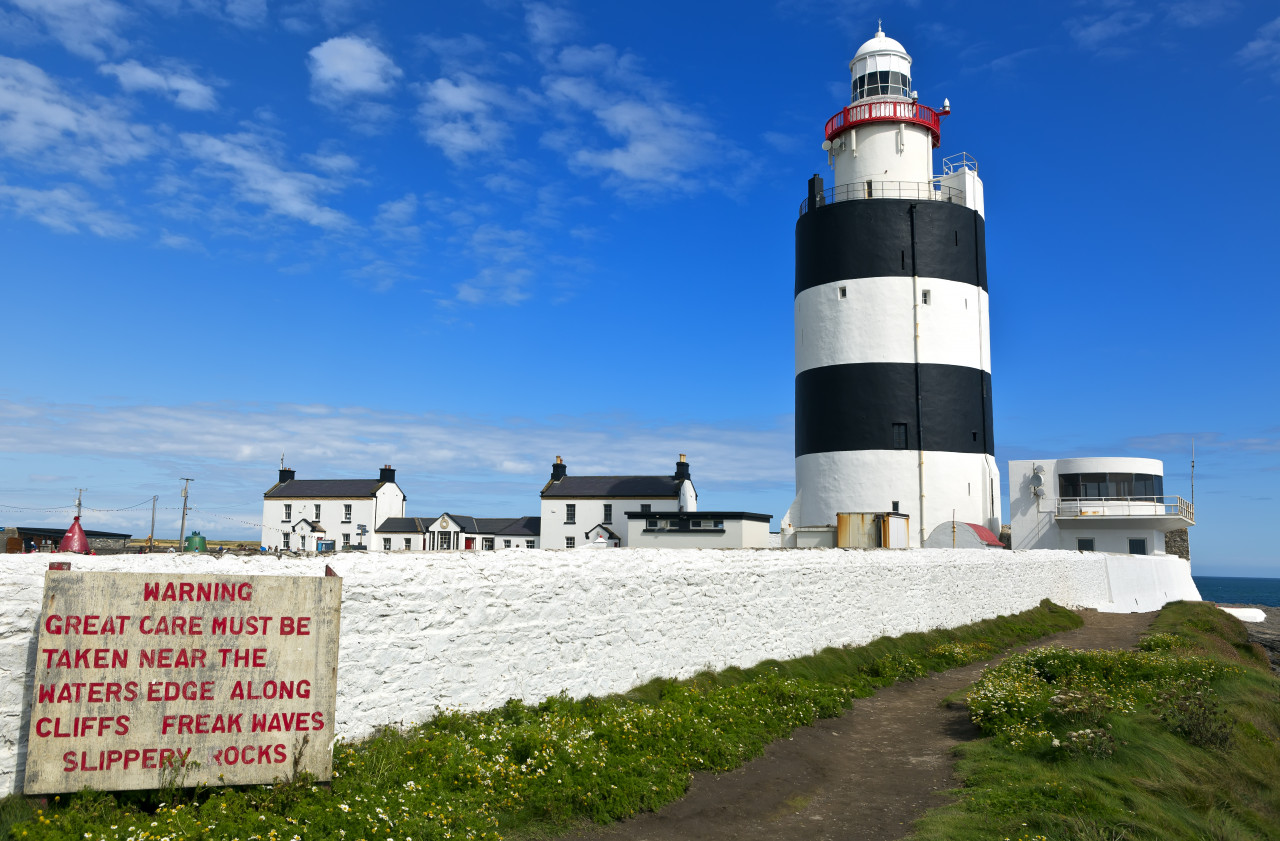
Steps: Waterford
In the morning, visit Trinity College, the famous university founded by ElizabethI in 1592. Not to be missed are the magnificent 18th-century buildings and the ancient library, home to over two hundred thousand manuscripts. Next, a visit to the National Museum, with its fine archaeological finds from Ireland, to better understand the importance of megalithic civilization, the influence of gold in the Bronze Age, and the technological and artistic advances of Celtic culture. In the afternoon, discover Christchurch. Founded in 1172 by the Normans, Christchurch boasts a vaulted crypt running almost the entire length of the city, a remnant of the first Viking church. Overnight in a Dublin hotel.
Places of interest : NATIONAL MUSEUM OF IRELAND - ARCHAEOLOGY TRINITY COLLEGE CHRIST CHURCH CATHEDRAL
One day, three historic cities.
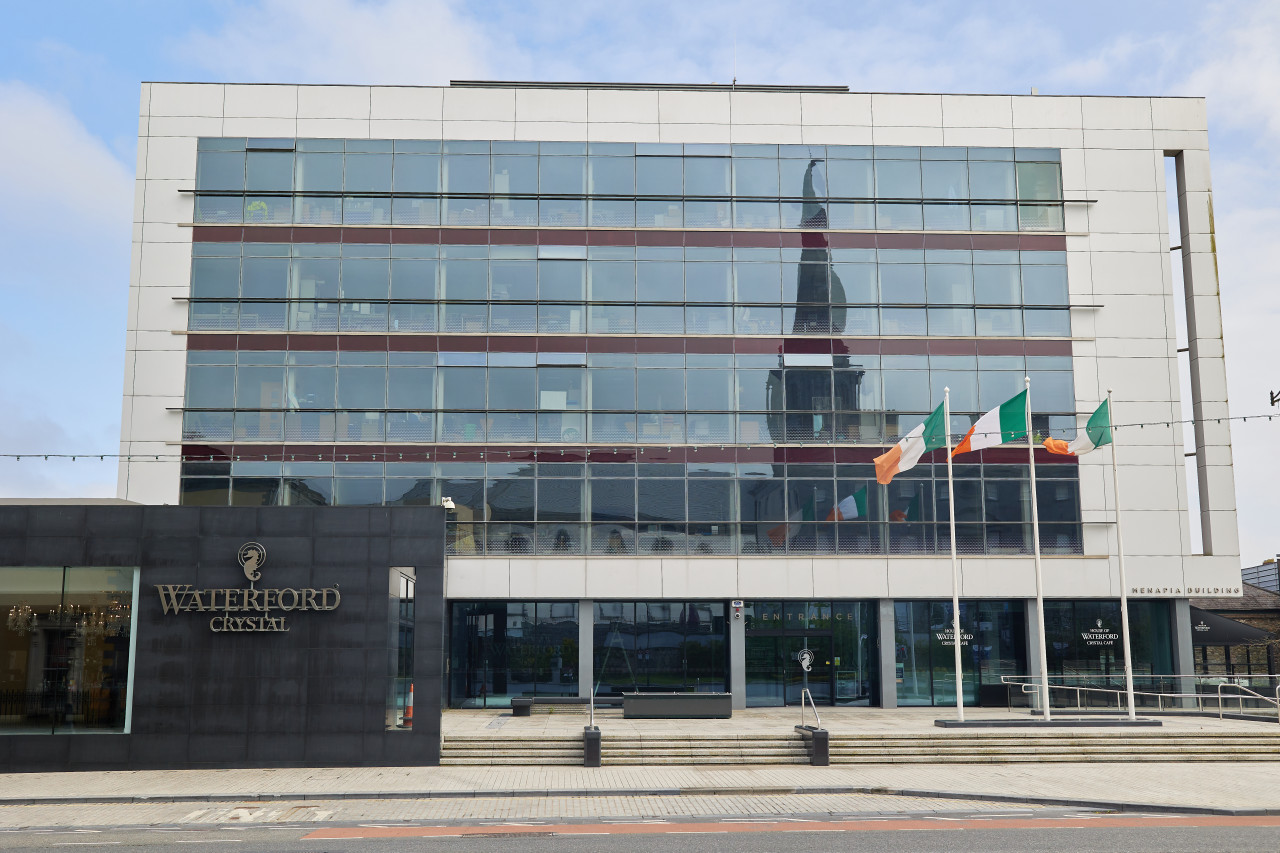
Steps: Waterford
In the morning, we head for Glendalough, one of Ireland's most influential early medieval monastic towns. Founded by St. Kevin in the 6th century, who retired as a hermit to this desert valley, Glendalough's extensive ruins include seven churches, attesting to the importance of its past. Next, a stroll through County Wexford, in the heart of the Irish National Heritage Park. Almost entirely wooded, this park offers a glimpse into the lives of its inhabitants since 7,000 BC. Check into a Waterford hotel for dinner and overnight.
Places of interest : IRISH NATIONAL HERITAGE PARK
Immersion in Waterford
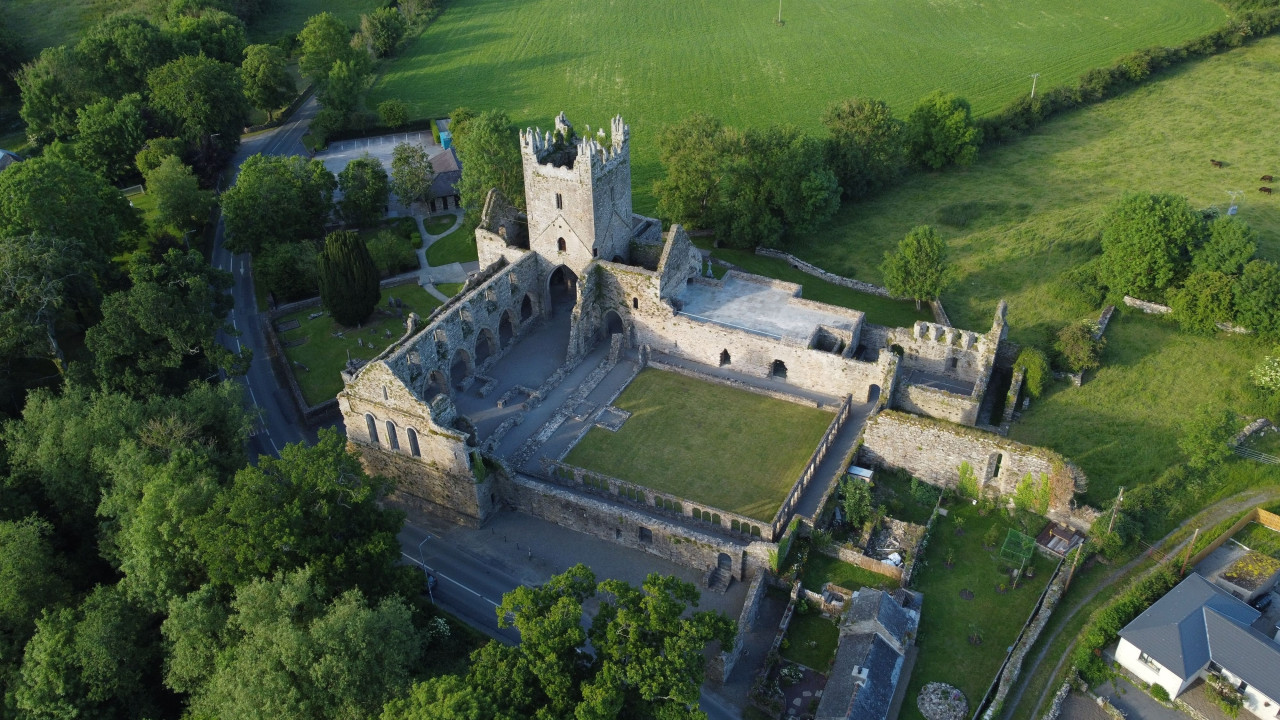
Steps: Waterford
It is Ireland's oldest city, renowned above all for its trading port. From its Viking past, the city possessed an astonishing defense system. The Reginald Tower is a remarkable example of a medieval defensive site, its four-meter-thick walls built by the Normans on the site of a wooden Viking tower. In turn the residence of several members of the royal family, it also served as a mint, arsenal and prison. Next up is Christ Church Cathedral, also built on the site of an 11th-century Viking church. It is the only Georgian neoclassical cathedral in Europe. The day ends at the Treasures Museum, home to countless unique Viking artefacts.
Places of interest : REGINALD'S TOWER CHRISTCHURCH CATHEDRAL
From Jerpoint to Kilkenny
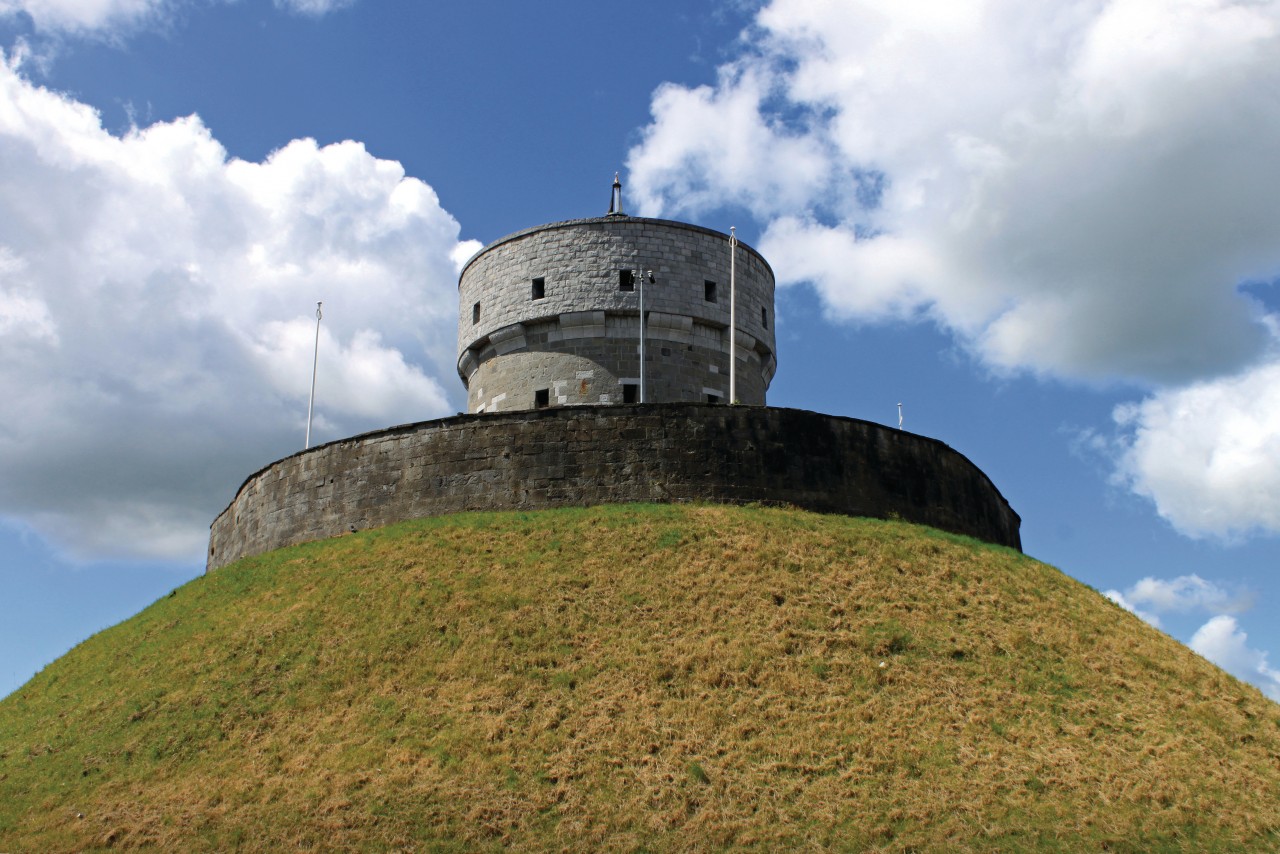
Steps: Kilkenny
Morning tour ofJerpoint Cistercian Abbey, founded in the 12th century. Continue on to Kilkenny, medieval city par excellence, which has retained all the prestige and beauty of its former title as capital of Ireland. Nicknamed the "marble city", its medieval lanes rival each other in finesse, while the castle and cathedral are a reminder of the city's importance since the 11th century. We then head for Rothe House, built by a merchant in 1594, one of the few remaining Tudor-style houses in Ireland.
Places of interest : ROTHE HOUSE & GARDEN JERPOINT ABBEY
